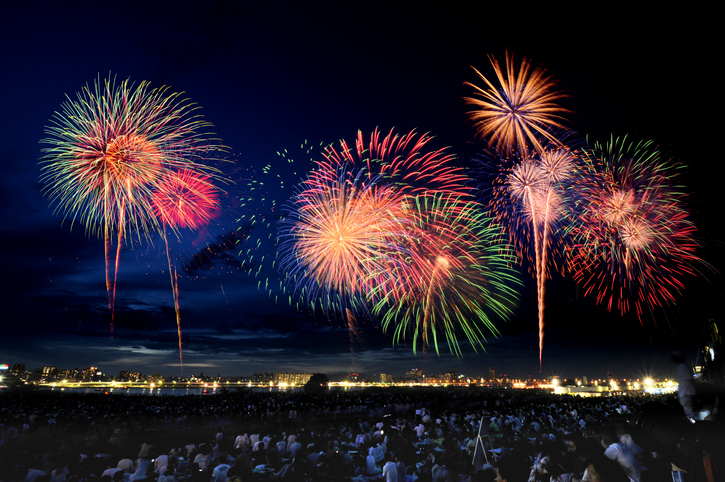
I hope you had a happy Fourth of July (or as I like to say, Disloyalty to Royalty Day). Did you watch any fireworks displays?
I’ve been hearing news reports about communities having to cancel their programs due to a shortage of trained explosives technicians. But assuming you were able to see some fireworks somewhere, even on TV, you might be interested in some fun facts as reported by Smithsonian Magazine.
For example, as early as 200 BC, the Chinese were writing on green bamboo stalks, then heating them on coals to dry. Sometimes the bamboo would overheat and expand, sometimes bursting with a bang. Observant scholars noticed the noise frightened mountain men away, and hopefully evil spirits. Thus the first firecracker was born.
Then, sometime between 600 and 900 AD, supposedly searching for an elixir for immortality, a Chinese alchemist stumbled upon the recipe for gunpowder by mixing saltpeter with sulfur and charcoal.
This “fire drug” became a part of Chinese celebrations. But it didn’t take long before enterprising engineers to figure out a military use. The first recorded use of gunpowder in China as a weapon was with a catapult in 1046.
Of course, things have gotten much more complicated since then. In the 1830s, Italians invented the aerial shell and how metallic powders could produce colors. Since different chemicals burn at different wavelengths of light, adding them produces all kinds of color combinations. For example, strontium and lithium compounds produce deep reds and copper produces blues. The downside is all these chemicals make today’s fireworks poisonous. That also means nothing can be recycled.
But there are efforts to produce more environmentally friendly versions. Which is good, because I expect fireworks to be around a long time.
For more fireworks facts, see “14 Fun Facts About Fireworks” by Helen Thompson (https://getpocket.com/explore/item/14-fun-facts-about-fireworks?)
